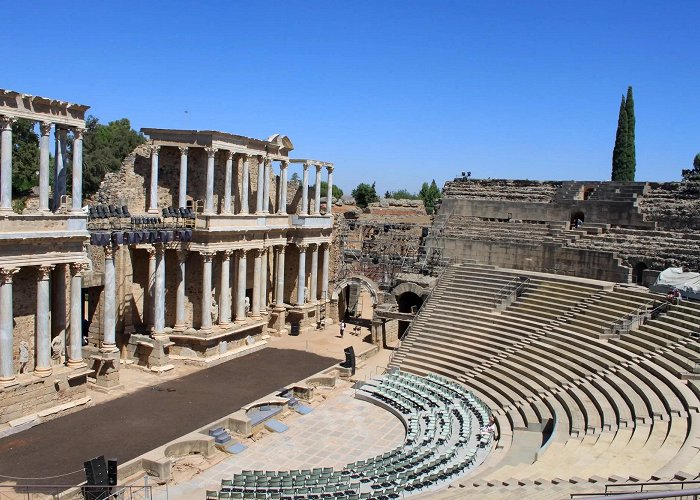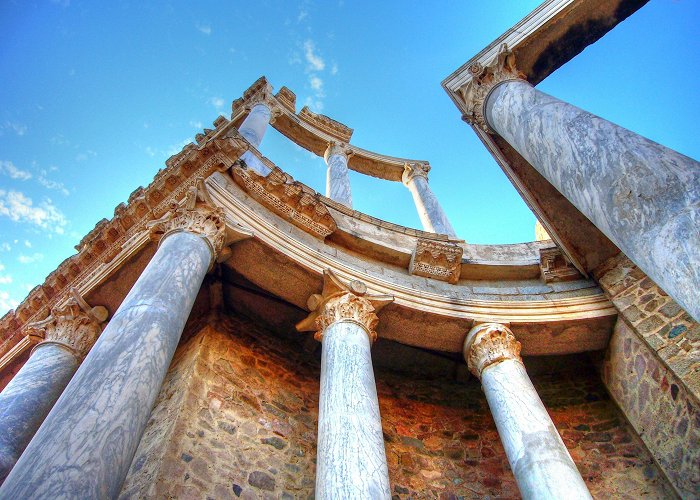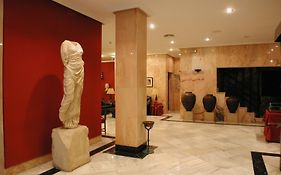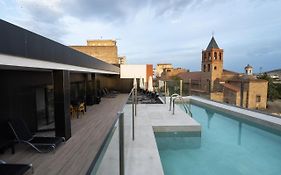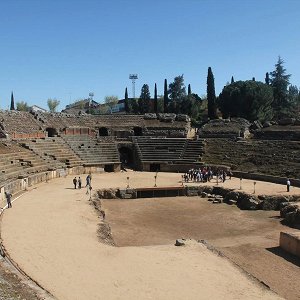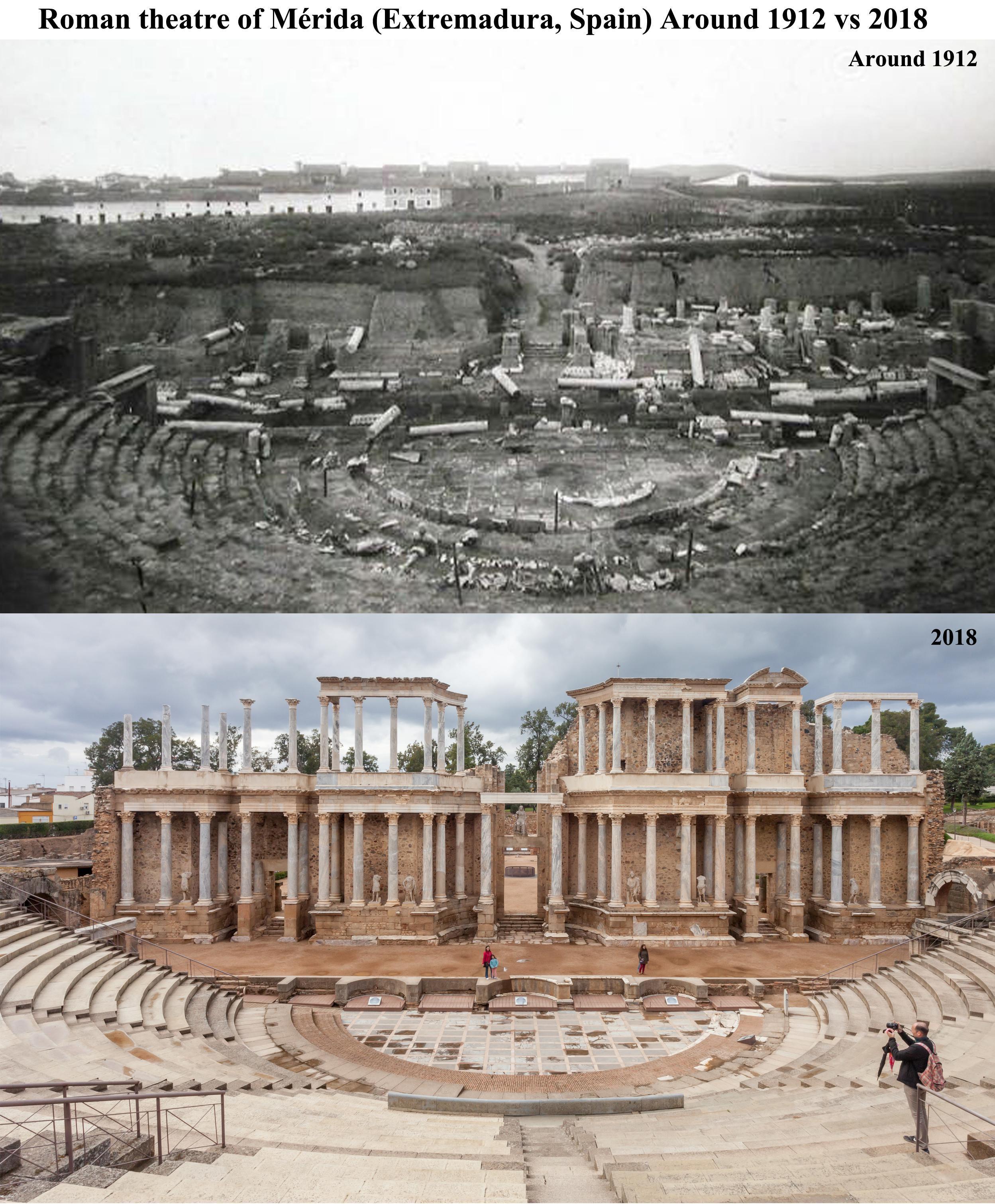
Embed Image
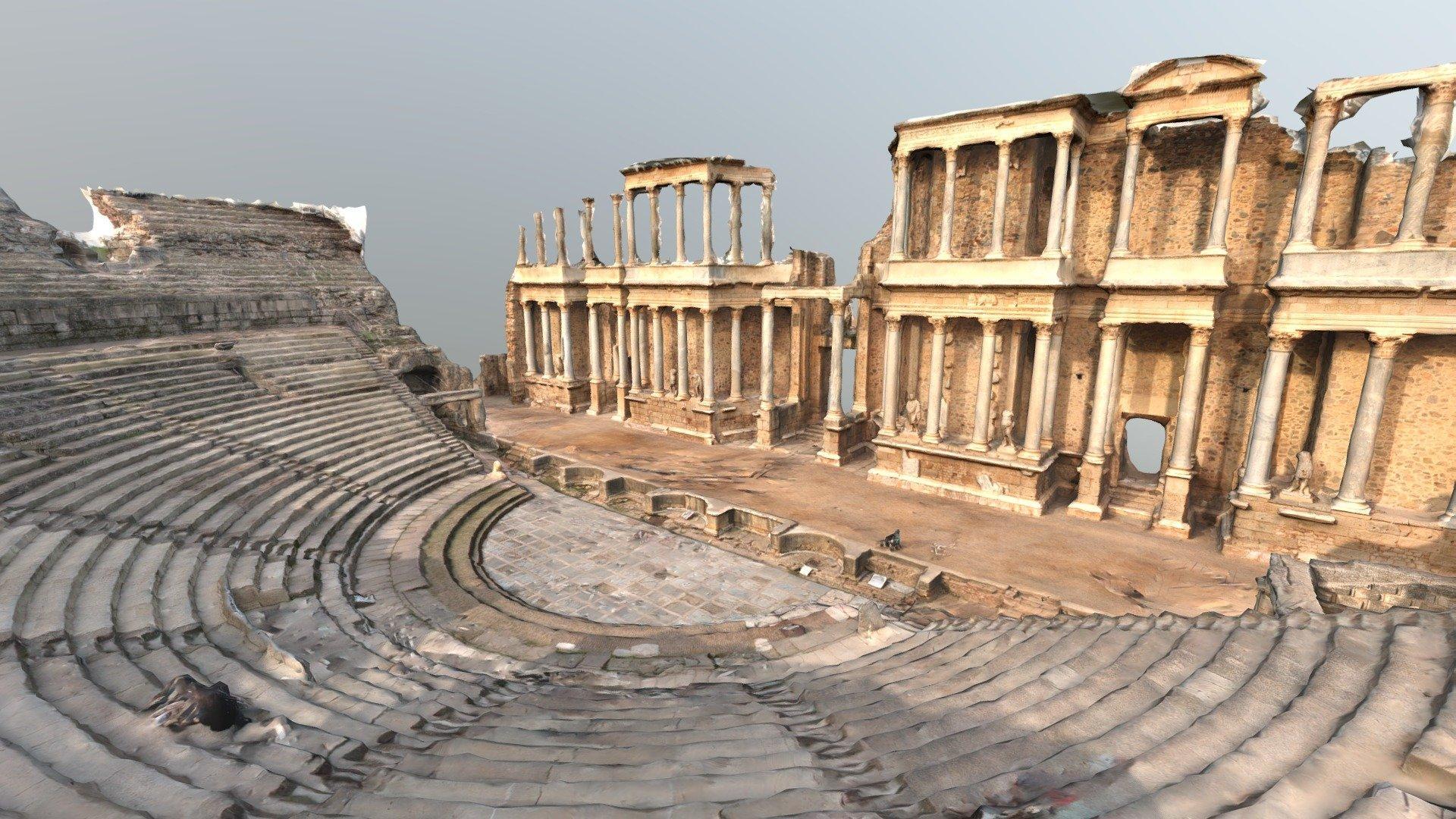
Embed Image
The Teatro Romano de Merida is a must-visit destination for tourists in Mérida, Spain due to its historical significance and architectural splendor. Built around 15 BC, this ancient Roman theater was designed to seat 6000 spectators and is the city's indisputable highlight. The adjoining Anfiteatro, although slightly less dazzling, also holds its own historical importance, having opened in 8 BC for gladiatorial contests and accommodating 14,000 people. For visitors, the centerpiece of the theater is the dramatic and well-preserved two-tier stage building of Corinthian columns, with the stage's facade (scaenae frons) being inaugurated in AD 105. The statues of gods framing its central entryway, along with the serene surrounding gardens, offer a glimpse into the rich historical and cultural significance of this ancient site, making it a fascinating destination for those interested in ancient Roman history and architecture.
The Teatro Romano de Merida is not only a spectacular display of Roman architecture but also a site of cultural significance. It is the only Roman monument in Mérida that once again fulfills its original function, hosting performances during the Festival Internacional de Teatro Clásico in summer. The theater’s historical significance is further underscored by the gladiator-versus-lion fresco in the nearby Museo Nacional de Arte Romano, which was taken from the adjoining Anfiteatro. The rich history of this location, coupled with its ongoing cultural relevance, offers visitors a unique opportunity to engage with ancient traditions and experience the grandeur of classical Roman entertainment.
In addition to its historical and cultural significance, the Teatro Romano de Merida provides an intriguing insight into Roman engineering and construction techniques from the ancient world. The well-preserved architecture, including the Corinthian columns and the two-tier stage building, stands as a testament to the engineering feats of the time. Visitors can marvel at the meticulous design and construction methods while exploring the site, providing a fascinating glimpse into the advanced architectural and engineering practices of the Roman era. With its historical, cultural, and architectural significance, the Teatro Romano de Merida offers a captivating experience for those interested in ancient history and classical architecture.

